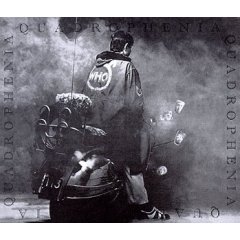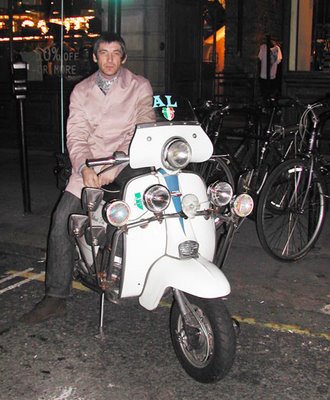Like most, I got into fashion as a teenager, hitting the jackpot by landing a job at the Village Gate considered by my friends to be the citadel of London’s men’s fashion and the best place to buy Mod clothing and owned by Jeff Kwintner.
During an edition of Desert Island Discs in the 1990’s, Sir Ernest Hall, the Lancashire-born pianist, textile magnate and champion of the arts, was discussing the retail menswear business of the late 60s and early 70s. "The king then", he said, 'was a man called Jeff Kwintner", and he went on to explain that at the height of its success Jeff's chain of sixteen Village Gate clothes shops had sold three thousand suits a week. That, by anyone's standards, is a remarkable achievement and, of course, a man selling three thousand suits a week can indulge his passions. In Jeff's case that passion was for books and jazz.
“Does ‘I first met Dean not long after my wife and I split up’ mean anything to you” was the first thing Jeff ever said to me the lowly “Saturday Boy” and shop gofer.
“Only that you might be going On the Road” I replied and he was delighted to learn that I was a fan of Kerouac but dazzled when I told him that I almost preferred Neal Cassady’s The First Third especially since we shared the same last name.
This he saw as an omen and I was transferred to The Village Bookshop the intellectual hub of his business.
FashionTribeFootnotes.blogspot.com












